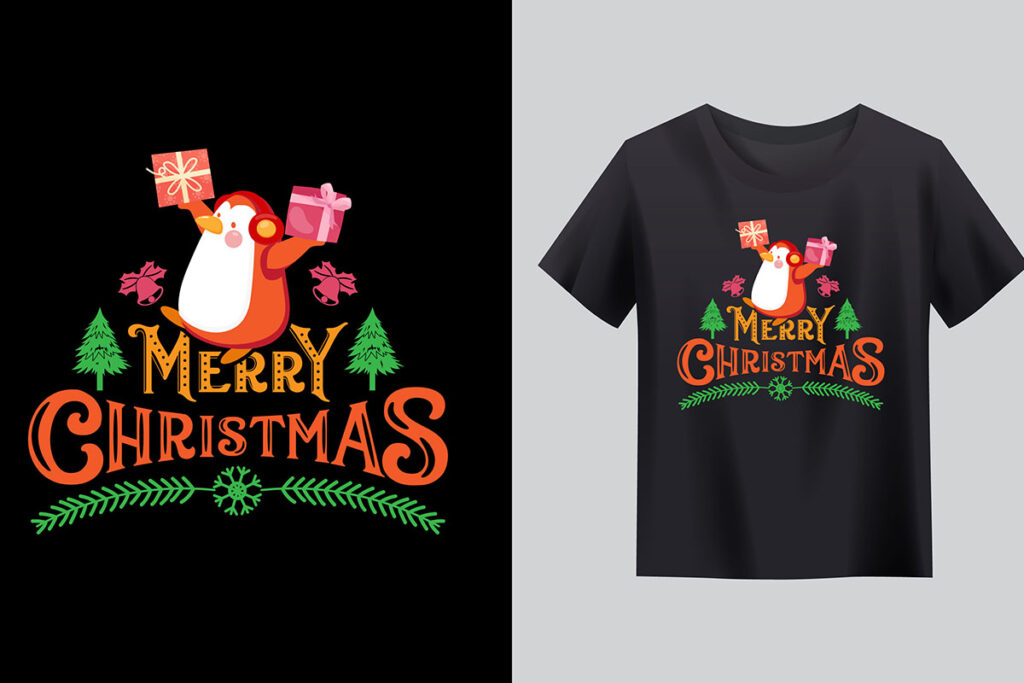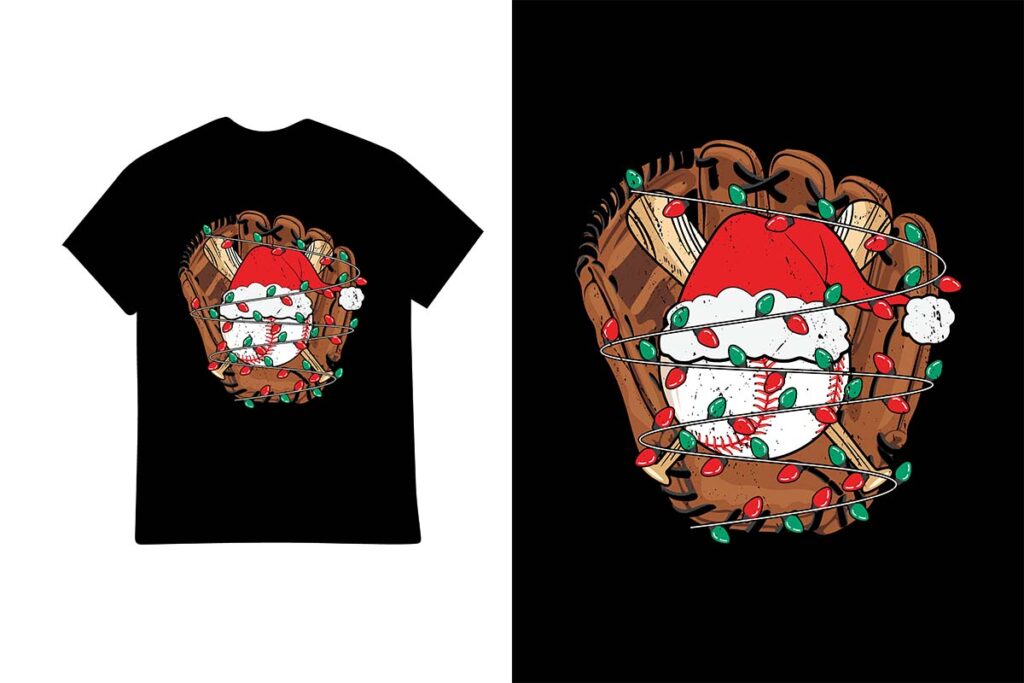DTF transfers, or Direct-to-Film transfers, have revolutionized the custom apparel printing landscape, offering businesses an efficient and cost-effective solution for creating vibrant, personalized designs. As the demand for unique apparel skyrockets, this innovative printing method stands out by enabling brands to deliver high-quality, customized products with minimal setup costs. Moreover, DTF technology aligns perfectly with sustainable printing solutions, reducing material waste associated with traditional methods and promoting eco-friendly practices. In this blog post, we will delve into the advantages of DTF transfers, including their versatility in apparel customization and their role in enhancing production efficiency. Uncovering the potential of DTF transfers can establish your business as a leader in the competitive market, ultimately boosting profitability and customer satisfaction.
When it comes to innovative apparel solutions, Direct-to-Film printing methods offer a unique approach to printing that significantly enhances brand customization options. Often regarded as an eco-friendly alternative, this technology streamlines the design process while accommodating complex patterns and vibrant colors effortlessly. Known for its affordability, this printing style caters to businesses looking to elevate their customization game without heavy upfront investments. As consumer preferences shift towards sustainable printing practices and personalized apparel, utilizing this method can position your brand at the forefront of market trends. Embracing these cost-effective printing methods not only boosts your production capabilities but also supports a growing demand for unique and eco-conscious products.
The Benefits of Direct-to-Film Transfers in Custom Apparel Printing
Direct-to-Film (DTF) transfers have revolutionized the custom apparel printing industry, offering a myriad of benefits for businesses eager to stand out in the competitive market. One of the primary advantages of DTF transfers is their ability to produce high-quality prints with vibrant colors and intricate designs. This technology allows businesses to cater to a growing consumer demand for customized apparel, transforming standard clothing items into unique pieces of art that resonate with individual styles and preferences. As businesses leverage DTF printing, they not only enhance their product offerings but also strengthen customer engagement through personalized apparel options.
Moreover, DTF transfers significantly streamline the printing process compared to traditional methods. The ease of application and quick production times mean businesses can respond rapidly to customer requests and emerging fashion trends. This speed not only boosts customer satisfaction by ensuring timely delivery but also positions brands at the forefront of fashion innovations, creating a competitive edge. By adopting DTF technology, companies are well-equipped to capitalize on market demand, offering bespoke products that meet the expectations of today’s discerning consumers.
Cost-Effective Solutions for Startups Using DTF Transfers
For startups looking to enter the apparel market, cost-effective printing methods are crucial to securing a foothold in a competitive landscape. DTF transfers stand out as an affordable option, allowing new businesses to produce high-quality customized apparel without the significant upfront costs typically associated with traditional printing technologies. By eliminating the need for large-scale equipment investments, startups can allocate their resources more effectively and focus on other key areas like marketing and product development.
Additionally, DTF technology allows startups to produce smaller batches of custom orders, minimizing waste and reducing inventory costs. This made-to-order approach aligns perfectly with the current consumer trend towards sustainability, as it limits overproduction and excess stock issues. For businesses just starting, these financial advantages not only ease entry into the market but also pave the way for higher profit margins on customizable products—an essential aspect of sustaining growth and profitability.
Enhancing Production Efficiency with DTF Transfers
In today’s fast-paced apparel industry, production efficiency is paramount for meeting customer demands and maximizing profitability. DTF transfers facilitate rapid production processes, allowing businesses to quickly create and deliver customized apparel to their clientele. This efficiency is especially beneficial in situations where trends change swiftly, enabling companies to stay ahead of the curve by offering the latest designs in minimal time. Furthermore, shorter lead times contribute to improved customer satisfaction, fostering loyalty and repeat business as customers recognize the brand’s commitment to quality service.
Moreover, the versatility of DTF transfers means that businesses can experiment with various fabrics and designs without needing extensive retooling or investments in new technologies. This flexibility enables brands to explore niche markets and diversify their product offerings, ultimately enhancing their competitive positioning. By embracing DTF technology, companies can achieve a more efficient production workflow, optimizing resource allocation while maintaining high product quality—crucial elements for long-term success in the apparel industry.
Emerging Trends in DTF Technology and Custom Apparel
The world of Direct-to-Film transfers is transforming rapidly, introducing exciting trends that can propel brands to new heights within the custom apparel arena. Innovations such as glow-in-the-dark inks and metallic finishes are capturing consumer attention and bringing a fresh dynamism to clothing lines. By adopting these trends, brands not only appeal to a younger, trend-savvy demographic but also differentiate their offerings from competitors still relying on conventional designs. Keeping up with such advancements in DTF technology empowers businesses to stay relevant and innovative in a fast-evolving market.
This constant evolution in DTF transfer capabilities further underscores the importance of remaining adaptable as a brand. By actively engaging with emerging trends, businesses can continuously refresh their product catalog, ensuring they meet the taste preferences of their audience. Brands that prioritize innovation in their offerings will likely see enhanced consumer interest, thereby driving sales and establishing themselves as trendsetters rather than followers in the apparel industry.
Sustainability in Apparel: DTF Transfers as an Eco-Friendly Choice
In a world increasingly focused on environmental responsibility, sustainability has become a significant driving factor in purchasing decisions. DTF transfers align with this sustainability ethos, offering businesses a printing solution that minimizes waste commonly generated by traditional printing processes. By producing items on demand, brands can reduce excess inventory while catering to the growing consumer preference for sustainable products. This eco-friendliness not only appeals to environmentally conscious shoppers but also positions brands favorably within a market that values corporate responsibility.
Furthermore, investing in DTF technology can enhance a brand’s reputation as a sustainable player in the apparel industry. As more consumers demand transparency and social responsibility from the brands they support, the ability to showcase sustainable printing practices can translate into increased customer trust and loyalty. As businesses embrace DTF transfers, they contribute to a healthier planet while also receiving the potential for greater brand loyalty from eco-aware consumers who are more likely to promote and support their initiatives.
Unlocking Profitability with DTF Transfers in the Fashion Industry
Embracing Direct-to-Film transfers represents a strategic way for businesses to unlock profitability in the highly competitive fashion industry. By leveraging the cost-effective nature of DTF technology, companies can achieve significant savings that directly impact their bottom line. As they offer unique and customized products to consumers, businesses experience higher margins while simultaneously boosting sales volume. This dual approach not only increases overall profitability but creates a sustainable business model capable of thriving amid industry fluctuations.
Additionally, by integrating DTF transfers into their operational strategies, brands can swiftly respond to changing market dynamics, allowing for flexible production and customization offerings. This responsiveness to consumer preferences leads to greater customer satisfaction and retention, directly influencing long-term profitability. As DTF technology evolves, brands that harness its advantages will find themselves well positioned economically, establishing a resilient presence in the fashion sector where profitability is paramount.
Frequently Asked Questions
What are DTF transfers and how do they work in custom apparel printing?
DTF transfers, or Direct-to-Film transfers, are a modern printing method where designs are printed onto a special film, which is then heat transferred onto various fabrics. This process allows for high-quality, vibrant images and intricate details in custom apparel printing, making it ideal for businesses looking to offer personalized products.
What are the benefits of using DTF transfers for sustainable printing solutions?
DTF transfers present several sustainable printing solutions, including reduced waste through on-demand production, which minimizes overproduction and excess inventory. This technology utilizes eco-friendly inks and materials, aligning perfectly with the industry’s growing emphasis on sustainability, attracting environmentally conscious consumers.
How do DTF transfers enhance apparel customization for businesses?
DTF transfers significantly enhance apparel customization by allowing businesses to create intricate designs and vibrant colors on various materials. This versatility meets the increasing consumer demand for unique and personalized products, helping brands differentiate themselves in a competitive market.
Are DTF transfers a cost-effective printing method for small businesses?
Yes, DTF transfers are considered a cost-effective printing method as they require lower initial investments in equipment compared to traditional printing techniques. This makes them ideal for small businesses and startups looking to break into the custom apparel market while maintaining high-quality output.
What trends should businesses be aware of when using DTF transfers?
Businesses should keep an eye on emerging trends such as glow-in-the-dark and metallic finishes in DTF transfer printing. Adopting these innovative features can help brands attract more customers and stand out in a crowded marketplace, boosting sales and brand recognition.
How do DTF transfers contribute to a fast turnaround in the fashion industry?
DTF transfers allow for rapid production with quick turnaround times, essential for businesses in the fast-paced fashion industry. This capability enables brands to swiftly respond to market trends and fulfill customer orders promptly, enhancing overall customer satisfaction and market competitiveness.
| Key Points | Details |
|---|---|
| Customization and Market Demand | DTF transfers enable businesses to create personalized and unique apparel, increasing customer satisfaction and enhancing brand loyalty. |
| Cost-Effective Production | Lower setup costs compared to traditional printing, making DTF technology favorable for small businesses and improving overall profitability. |
| Fast Turnaround and Versatility | Rapid production capabilities allow businesses to quickly adapt to market trends, enhancing customer satisfaction and brand presence. |
| Emerging Trends and Innovations | Incorporating unique features like glow-in-the-dark prints can differentiate products and attract more customers. |
| Sustainability and Local Production | DTF printing reduces waste and supports sustainable practices, appealing to eco-conscious consumers and enhancing brand loyalty. |
Summary
DTF transfers represent a transformative opportunity for apparel businesses aiming to enhance their profits through a blend of customization, cost-effectiveness, and sustainability. By integrating DTF technology, companies can not only satisfy the rising consumer demand for personalized products but also maintain quick adaptation to fashion trends, thereby ensuring operational efficiency and profitability. This method reduces costs and waste linked to traditional printing approaches, placing businesses in a favorable position within the landscape of eco-conscious consumerism. Embracing DTF transfers will empower businesses to thrive in the competitive apparel market, making it a smart investment for future success.



